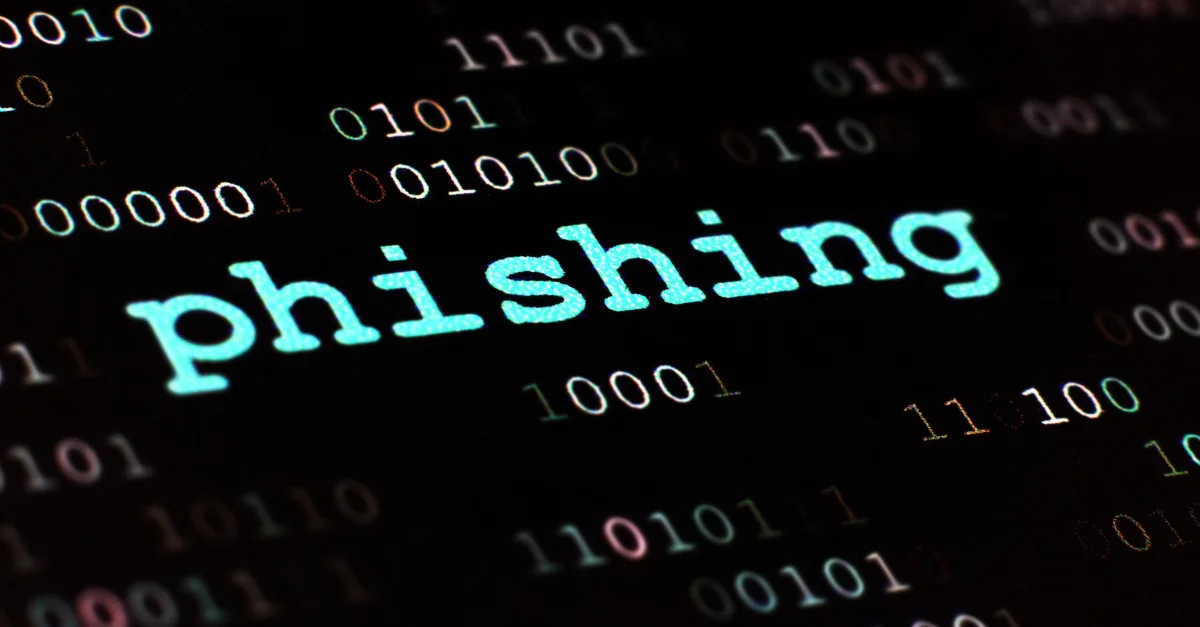Phishing attacks remain one of the most prevalent threats in the digital landscape. These deceptive attempts aim to trick individuals into providing sensitive information or downloading malware. Here’s how to recognize and avoid them.
What is Phishing?
Phishing is a cyber attack that often involves fraudulent emails or messages masquerading as legitimate communications. The goal is to lure recipients into revealing personal information, such as passwords, credit card numbers, or other sensitive data.
Recognizing Phishing Attempts
- Check the Sender’s Email Address:
- Phishers often use email addresses that look similar to legitimate ones. Look for slight misspellings or unusual domains.
- Be Wary of Urgent Language:
- Phishing messages frequently create a sense of urgency, urging you to act quickly. Phrases like “immediate action required” or “your account will be suspended” are common red flags.
- Look for Poor Grammar and Spelling:
- Legitimate companies typically proofread their communications. Multiple errors can indicate a phishing attempt.
- Examine Links Carefully:
- Hover over links to see the actual URL before clicking. If it looks suspicious or does not match the supposed sender’s website, don’t click.
- Unexpected Attachments:
- Be cautious with unsolicited emails that contain attachments. These could contain malware designed to compromise your system.
- Requests for Personal Information:
- Legitimate organizations rarely ask for sensitive information via email. Be skeptical of any requests for passwords, Social Security numbers, or financial details.
Avoiding Phishing Attacks
- Use Security Software:
- Keep your antivirus and anti-malware software updated to help detect and block phishing attempts.
- Enable Multi-Factor Authentication (MFA):
- MFA adds an extra layer of security, making it more difficult for attackers to access your accounts even if they obtain your password.
- Educate Yourself and Others:
- Regular training on recognizing phishing attempts can help you and your colleagues identify threats more effectively.
- Verify Requests through Other Channels:
- If you receive a suspicious email, verify the request by contacting the organization directly using a known phone number or website.
- Report Phishing Attempts:
- If you encounter a phishing attempt, report it to your email provider and the relevant authorities. This can help prevent further attacks.
- Stay Informed:
- Keep up with the latest phishing techniques and trends. Awareness is key in recognizing and avoiding these scams.
Conclusion
Phishing attacks can have serious consequences, but by staying vigilant and informed, you can protect yourself and your sensitive information. Recognizing the signs and implementing preventive measures are crucial steps in safeguarding against these cyber threats. Stay safe online!
